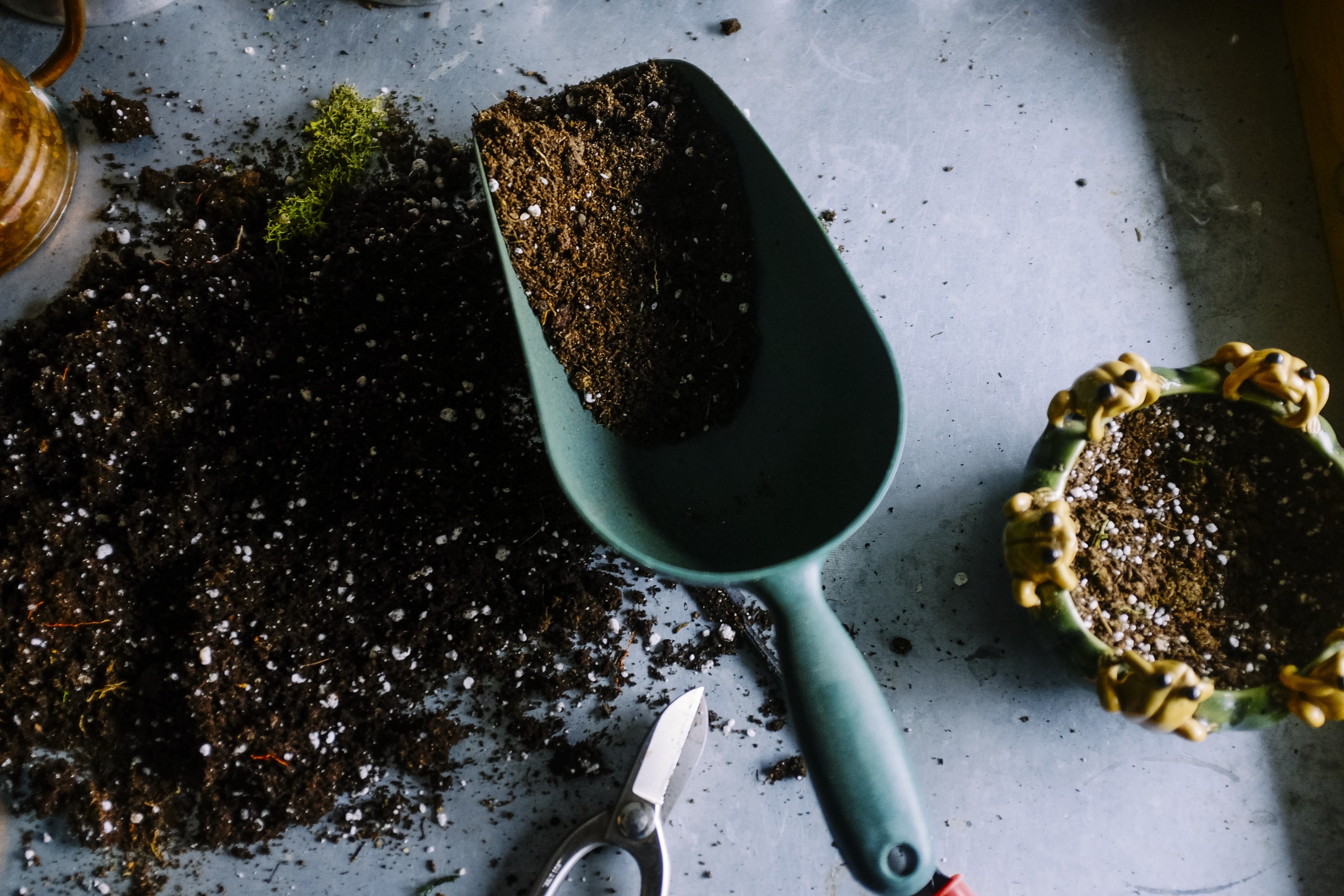Analyze more!
What analyzes are suitable for ornamental plants in Greenhouses?

Ornamental plants
Ornamental plants bring joy through their greenery and flowering. People are affected and feel good by having plants around them!
We like Swedish-grown potted plants and cut flowers that are grown for Swedish conditions. The plants are often grown with circulating nutrient solution. Both nutrient solution and potting soil are monitored through regular analysis, which provides the conditions for the best possible control of plant nutrient supply.
What factors can affect ornamental plant cultivation?
For optimal growth and harvest of greenhouse crops, it is important to use good quality fertilizers and to have a customized recipe for the nutrient solution for your particular houseplants.
However, there are other factors that can affect the nutrient composition of the root zone, such as climate, growing medium, irrigation, drainage, pests and diseases.
During the growing season, different circumstances and reasons arise to adjust the nutrient solution recipe, and that need may vary from year to year.
To find out what adjustments are needed, it is important to analyze:
The growing medium via a Spurway analysis
Raw water, effluent nutrient solution, press waterand/or drainage water via a water analysis
Plant/leaf mass via a plant sap analysis
What do you get out of the analysis?
Water analysis shows the pH value, conductivity, and plant nutrient content (read more). Especially when circulating nutrient water, water analysis is an important tool to continuously adjust fertilization. This makes it possible to optimize nutrient composition and control irrigation to avoid the accumulation of substances that the plant does not consume much of, such as sodium.
When analyzing raw water to be used for nutrient solution, request additional analysis of alkalinity. Alkalinity is the buffering capacity or hydrogen carbonate ion (HCO3-) content of the water. Optional chloride is recommended if the analysis is to be used to assess water quality or as a basis for fertilizer recipes.
A spurway analysis shows the amount of plant nutrients available for the coming weeks-months: pH, conductivity, and plant nutrients (read more).
LMI has set points for amaryllis, begonia, chrysanthemums and many houseplants that show what the nutrient levels should be. The Spurway assay is carefully designed to extract plant nutrients in a way that closely mimics the ability of roots to take up nutrients from the soil.
By continuously monitoring a crop with analysis, nutrient deficiencies can be addressed in time by supplementary fertilization.
The plant analysis (read more) shows the current plant nutrient status. In case of plant stress problems, a PS analysis can help you determine if it is due to nutrient deficiency.
The analysis includes plant sap pH, conductivity, and plant nutrients (read more here). LMI has set points for geranium, poinsettia, chrysanthemum and many other houseplants that show what the nutrient values should be.
How often and when should the tests be taken?
The more often the analyses are taken, the more accurate the fertilizer application will be.
A good method to keep track of fertilizer watering is to take samples at regular intervals, for example every two to four weeks depending on the crop and cropping system.
To get the most out of the analyses, it is important to take the samples on the same day and at the same time of day to get comparable results.
Periods when it may also be particularly appropriate to analyze are, for example, when the weather changes or when the culture goes from the generative to the vegetative phase, or after strong growth or if the plant has been stressed.


